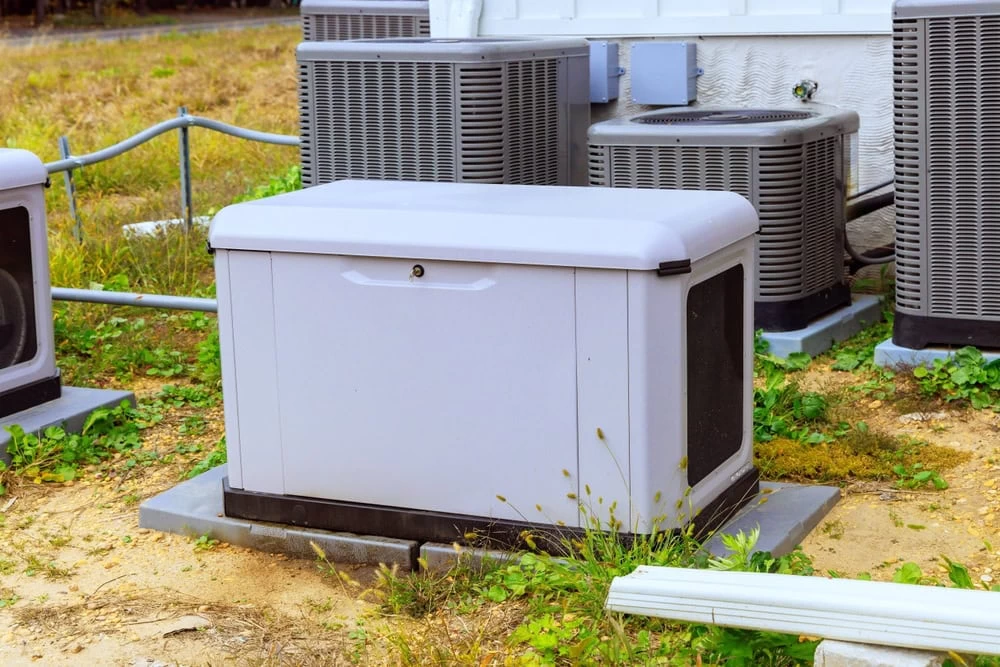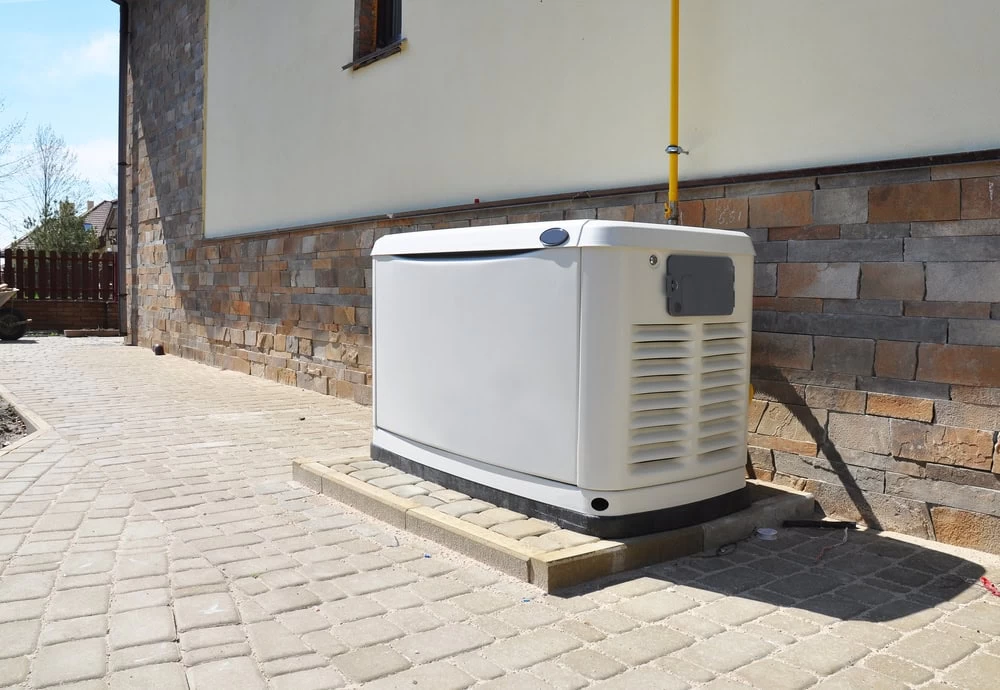Summary:
Why Taylor County Homes Face Serious Power Outage Risks
Taylor County sits in the heart of Texas, where power grid challenges aren’t theoretical—they’re documented realities. The 2021 winter storm wasn’t just a news story; it was a wake-up call that left millions without power for days, resulting in over 240 deaths and billions in damages.
Your home relies on a power grid that experts warn could face similar challenges again. Recent assessments show Texas could experience rolling blackouts with nearly 80% probability if another severe winter storm hits. That’s not fear-mongering—that’s data from grid operators who manage your electricity supply every day.
What Makes Texas Power Grid Vulnerable to Outages
The Texas electrical grid operates independently from the rest of the United States, which means when problems arise, there’s limited ability to import power from neighboring states. This isolation, combined with aging infrastructure and extreme weather patterns, creates a perfect storm for widespread outages.
During the 2021 crisis, nearly half the grid’s generating capacity failed when temperatures plummeted. Wind turbines froze, natural gas pipelines were crippled, and power plants faltered under conditions they weren’t designed to handle. The grid came within minutes of a complete statewide shutdown that could have taken weeks to restore.
What’s particularly concerning for Taylor County residents is that these aren’t once-in-a-lifetime events. Similar failures occurred in 2011 and 2014, with federal regulators making recommendations that were largely ignored due to cost considerations. The pattern is clear: when extreme weather hits, the grid struggles, and homeowners pay the price.
Even during normal operations, the average Texas resident experiences over four hours without power annually. In Taylor County, served primarily by Oncor, you’re part of a system tracking nearly 79,000 customers who depend on infrastructure that’s proven vulnerable to both extreme weather and everyday equipment failures.
The Real Cost of Being Unprepared During Power Outages
When your power goes out, the costs start adding up immediately. Your refrigerator and freezer begin warming, putting hundreds of dollars worth of food at risk. In winter, your heating system shuts down, creating conditions for frozen pipes that can burst and cause thousands in water damage.
But the financial impact goes deeper than spoiled groceries and repair bills. If you work from home, lost productivity during extended outages can mean lost income. Medical equipment that requires electricity becomes useless, potentially creating life-threatening situations. Your home security system goes dark, leaving your property vulnerable.
Consider this: a single extended outage can cost homeowners $14,000 or more in damages, lost food, temporary housing, and other expenses. Compare that to the investment in a backup generator system, and the math becomes clear. You’re not just buying equipment—you’re buying insurance against catastrophic losses that happen when you’re least prepared to handle them.
The emotional toll shouldn’t be ignored either. The stress of not knowing when power will return, the disruption to your family’s routine, and the constant worry about your home’s condition create anxiety that affects everyone in your household.
How Generator Installation Protects Taylor County Families
A properly installed generator system does more than keep your lights on—it maintains your quality of life when everything else fails. Within seconds of detecting a power outage, your backup system automatically starts, seamlessly transitioning your home to generator power without any action required from you.
This isn’t about roughing it with minimal power. A correctly sized whole house generator can run your HVAC system, keep your refrigerator and freezer operating, power your lights, and maintain internet connectivity. Your daily routine continues virtually unchanged, whether the outage lasts hours or days.
Understanding Whole House vs Standby Generator Installation Options
When Taylor County homeowners consider generator installation, they typically choose between two main options: whole house generators and standby generators. Understanding the difference helps you make the right investment for your family’s needs.
Whole house generators, ranging from 22kW to 48kW, can power virtually everything in your home simultaneously. These systems replace about 75% of the 200 amps coming into your electrical panel, with advanced load-managing hardware that ensures efficient operation. If you want your home to function exactly as it did before the outage, this is your solution.
Standby generators, typically 9kW to 20kW, focus on essential circuits like heating and cooling, refrigeration, lighting, and critical outlets. They’re designed for homeowners who want reliable backup power for necessities without the higher cost of powering every circuit in their home.
Both options connect directly to your home’s electrical system through an automatic transfer switch, which continuously monitors utility power and seamlessly switches to generator power when needed. The key difference is capacity and, consequently, what you can operate during an outage.
For most Taylor County homes, a generator in the 27-36kW range provides the sweet spot of comprehensive coverage without unnecessary expense. These systems can handle multiple air conditioners, full lighting, kitchen appliances, and home office equipment simultaneously.
Generator Installation Costs and Return on Investment in Texas
Generator installation in Texas typically ranges from $13,000 to $20,000 for a complete whole house generator system, including the unit, automatic transfer switch, installation labor, and necessary permits. While this represents a significant investment, the return on investment often exceeds expectations.
Real estate studies show homeowners can see returns up to 150% on generator installations, particularly in areas prone to power outages like Taylor County. This means a $15,000 generator system could add $22,500 to your home’s value. In regions with frequent outages, this return can be even higher as buyers specifically seek homes with backup power systems.
Beyond property value, consider the avoided costs. A single major outage can easily cost $5,000-$14,000 in damages, lost food, temporary housing, and other expenses. Your generator pays for itself by preventing just one or two significant outage events.
Installation costs vary based on several factors: the distance from your electrical panel to the installation site, whether you already have natural gas service, local permitting requirements, and the complexity of your electrical setup. Most installations require running new electrical circuits and gas lines, obtaining permits, and passing inspections—all of which we handle as part of our professional installation process.
Financing options make generator installation accessible for most homeowners. Many contractors offer payment plans, and some utility companies provide rebates for backup power systems that reduce strain on the grid during peak demand periods.
Making the Right Generator Installation Decision for Your Taylor County Home
The question isn’t whether Taylor County will experience more power outages—recent history and expert assessments make that likelihood clear. The question is whether your family will be prepared when the next outage occurs.
Generator installation represents more than an equipment purchase; it’s an investment in your family’s safety, comfort, and financial protection. With professional installation, your system provides decades of reliable service, automatically protecting your home whenever the grid fails.
If you’re ready to stop worrying about the next power outage and start enjoying true peace of mind, it’s time to explore your options. We specialize in helping Taylor County homeowners select and install the right backup power solution for their specific needs and budget.





